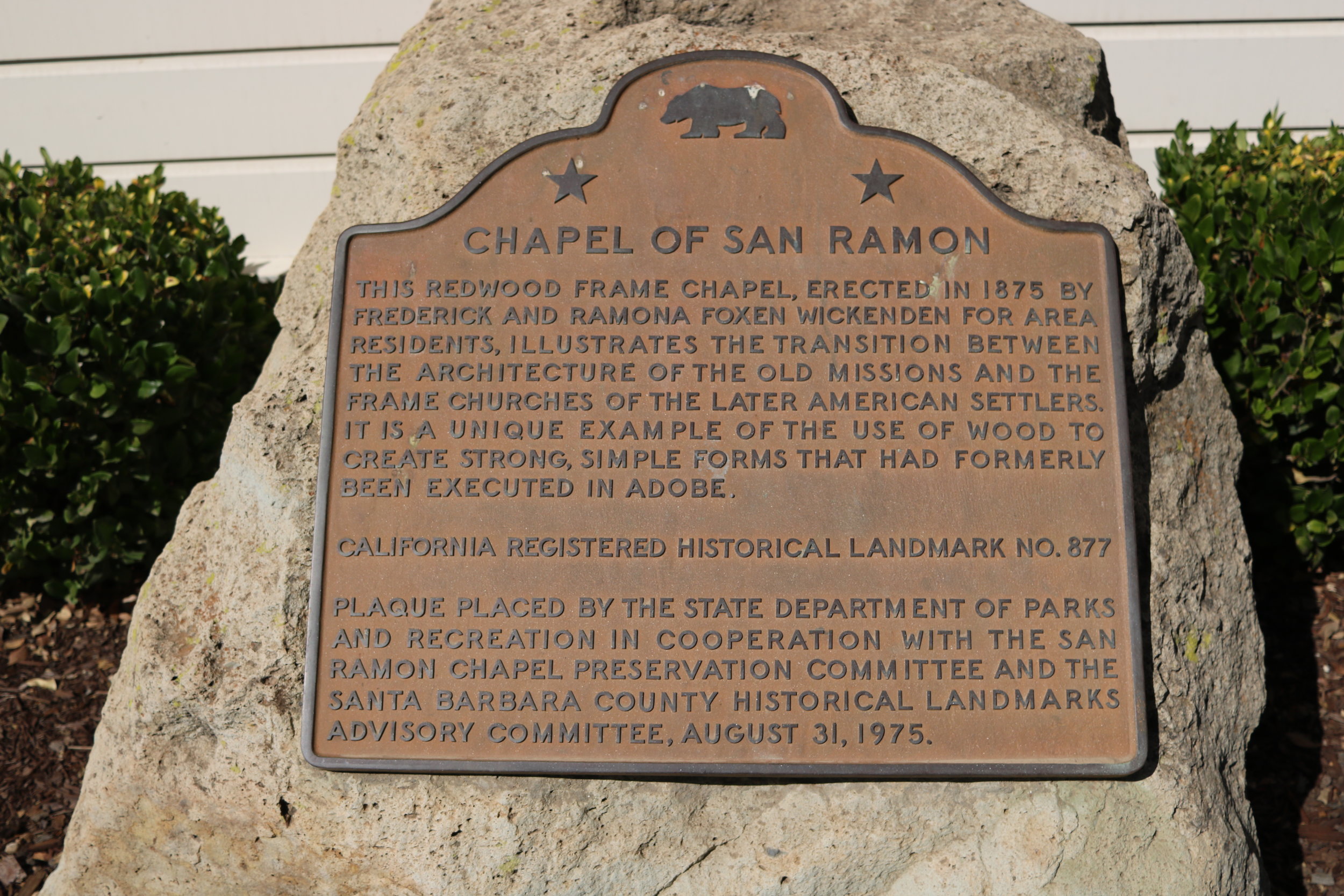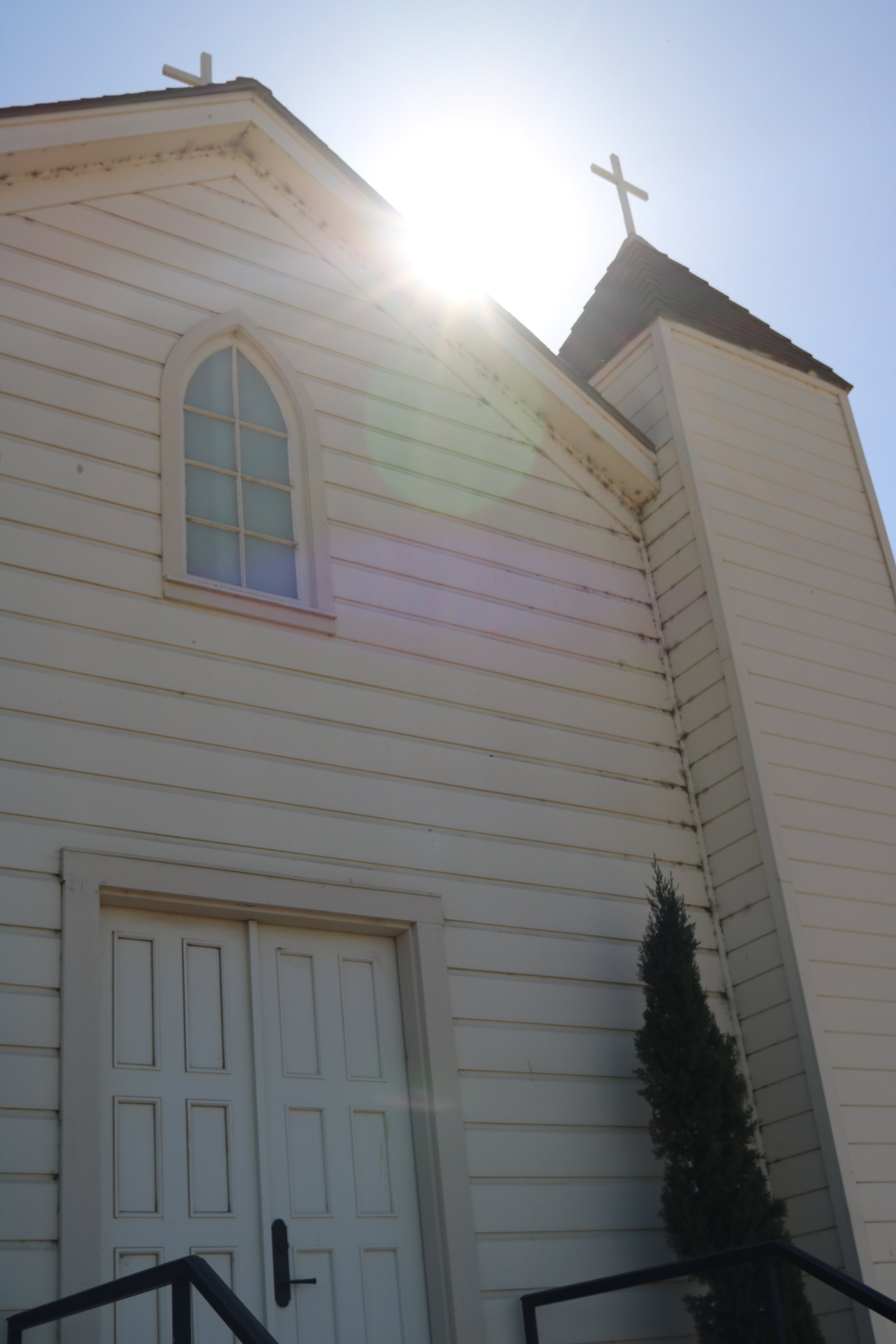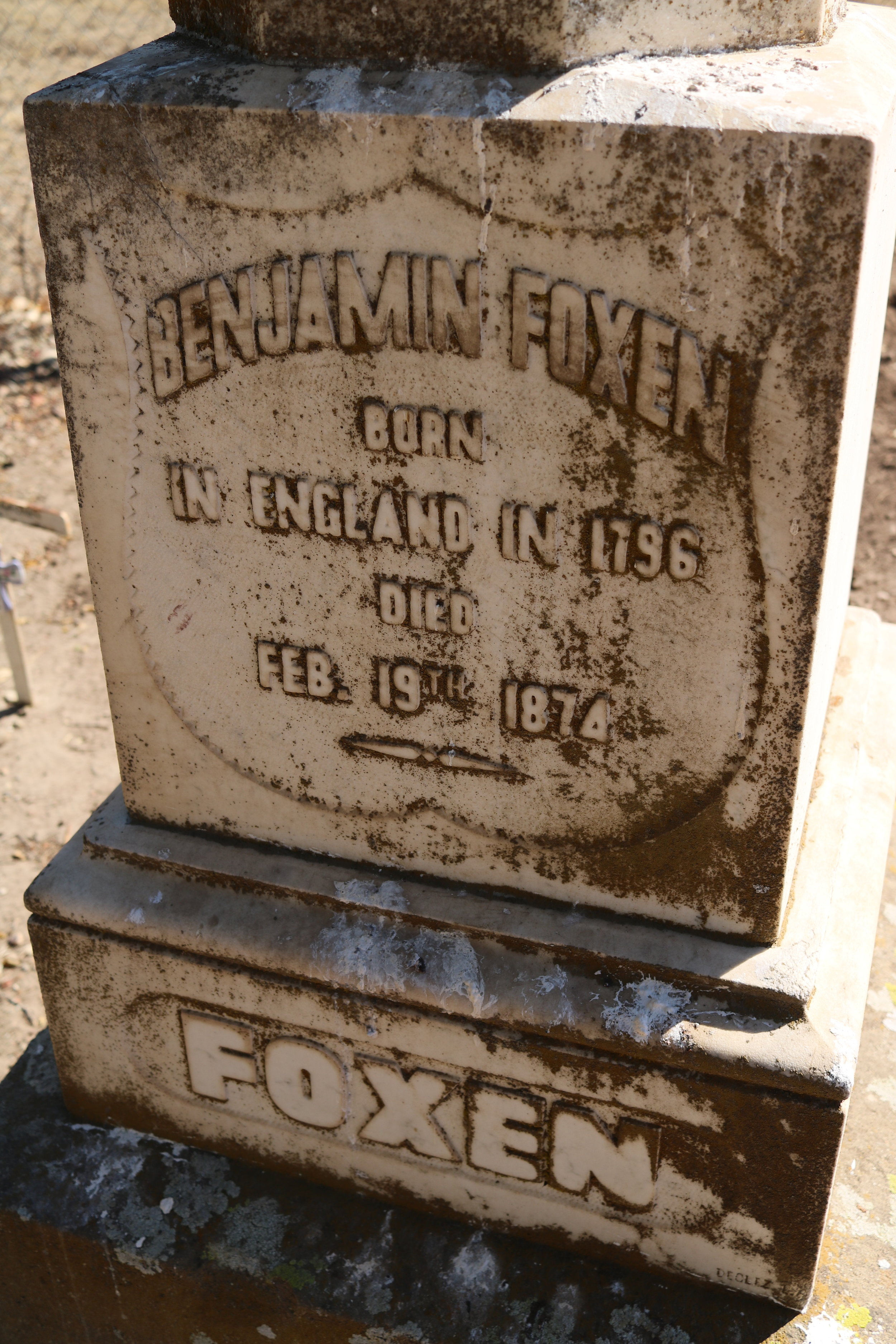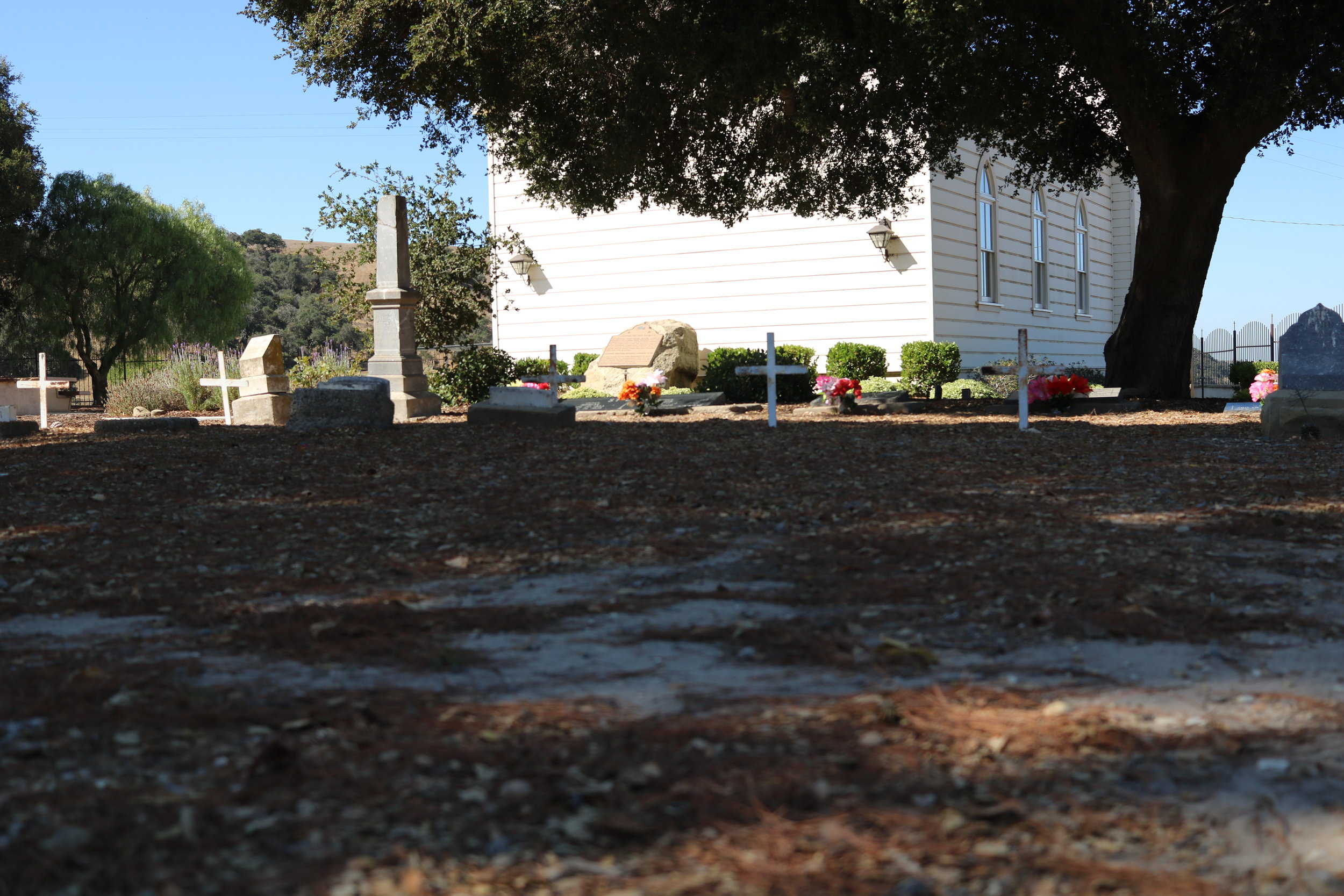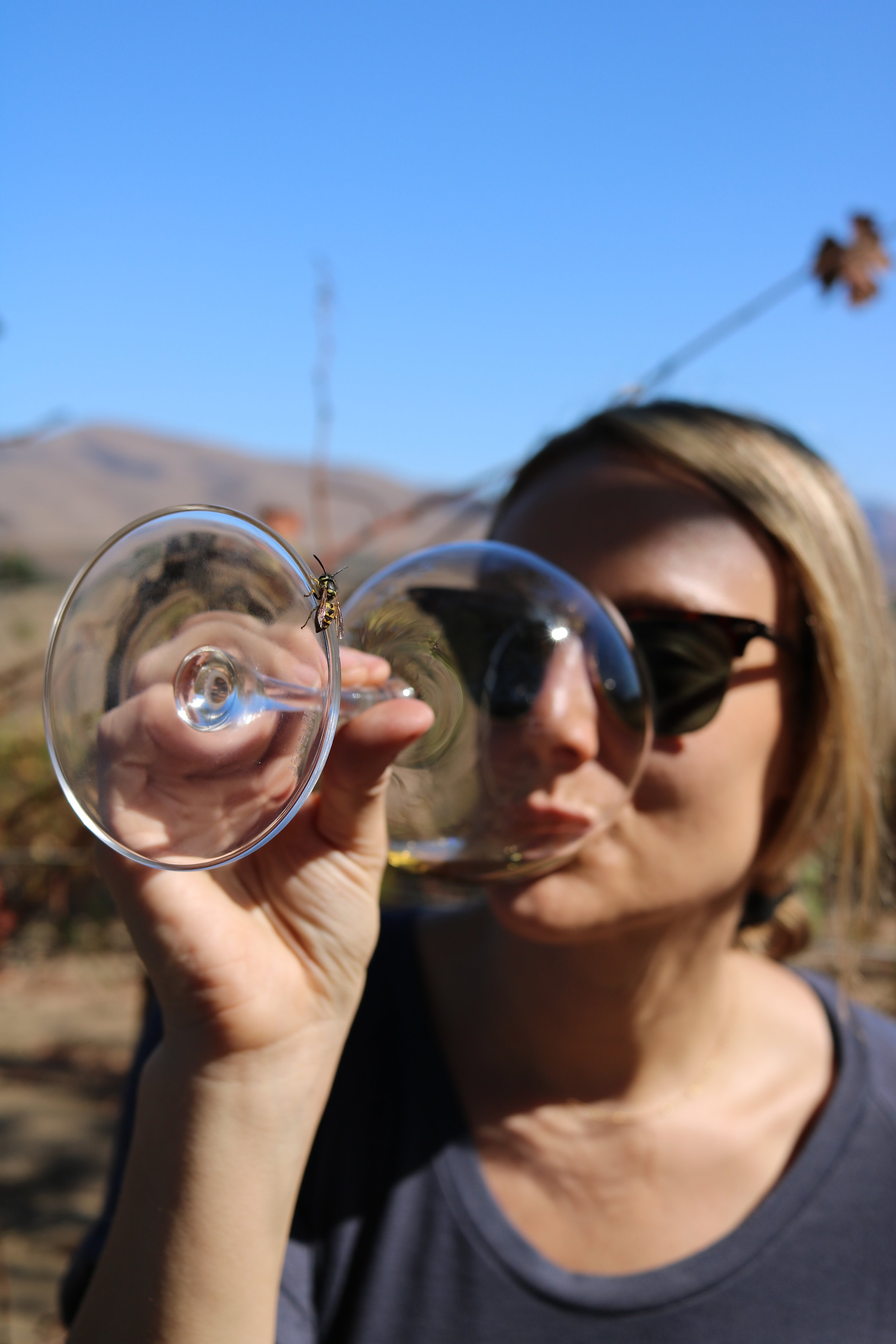View Older Post
Benjamin Foxen was an Englishman born way back in the year 1796. He grew up to become a sailor and wound up in Santa Barbara County via his extensive world travels. He took to the beautiful rolling hills and rugged mountainous coastline enough to stay put and take up permanent residence in the area. Benjamin soon met and married his wife Eduarda Osuna who was the stepdaughter of one of the area's most prominent land owners. At the time California was under Mexican control and Benjamin would go on to assimilate by converting to Catholicism and become a Mexican citizen. He acquired a sizeable land grant near his father-in-law's parcel and would eventually become a well-known trader and businessman in the area.
Fast forward to Benjamin Foxen's land today. Now known colloquially as Foxen Canyon it is composed of a sprawling gentle plain bordered by rolling hills to the west and the San Rafael Mountains to the northeast. The seasonal Sisquoc River cuts through it with a wide berth that is fed by winter runoff from the nearby mountains. On either side of the river sits plateaus that for years have been utilized primarily for ranching or agriculture. Today, as you might have guessed, these plateaus are now dominated by vineyards. Foxen Canyon is part of the larger Santa Maria Valley appellation that has become a hotbed for high quality Pinot Noir and Chardonnay in Santa Barbara County.
On our most recent trip to Santa Barbara we sought to investigate the Santa Maria Valley - more specifically Foxen Canyon - to get a better glimpse into this relatively small yet influential growing zone. Riverbench Vineyards & Winery sits on one of the premier plots in the area and boasts some of the oldest and most storied vines, so we honed in on their estate for our visit. We scheduled an appointment for a tour and tasting and waited for it to come with much excitement.
On the day of our appointment we arrived at the Riverbench tasting room bright and early to meet up with Wil, who would serve as our gracious host for the day. After a brief chat we loaded up to explore this vast property that belonged to Benjamin Foxen all of those years ago. Our first stop was the Chapel of San Ramon, also known as the Foxen Memorial Chapel. This historic little church is located near the eastern edge of the Riverbench property and was erected in 1875 as a memorial to Benjamin Foxen after his passing the year prior. The chapel is only big enough to seat about 30 patrons yet regular mass is still held here almost 150 years after it was first built. Next to the chapel lies a small graveyard where Benjamin Foxen himself and many other locals are buried. We were able to spend some time roaming these grounds to get an intimate feel for who the people that poured their blood, sweat, and tears into this land were, and it really allowed us to appreciate the heart and soul of what makes this place special. The chapel sits on a small bluff overlooking the vineyards, and we soon moved towards the vines to explore further.
Once we arrived in the vineyards it became immediately clear what makes the wine from this property so special. Sandy alluvial soils littered with rocks of various sizes and compositions rested below each and every row of vines. Chert, shale, serpentine, sandstone, and even chunks of diatomacious earth lay mixed and blended in the dirt as if tossed and carried by a wayward current. Vineyard rows trajected towards the dry riverbed, and the closer we got to the river itself the larger and more concentrated the stones in the vineyards became. This literally was a riverbed we were standing in, and although the water has now been corralled into a more tightly controlled area the remnants of its sweeping waves still sit unobstructed above ground. Being the natural explorers we are we moved our way down into the currently dry river to get a look into the forces that formed the plots on which these vines now sit. Again, we were greeted by a melange of stones touched by various levels of erosion along with trees and other natural debris that had been swept up and carried downstream. From this vantage point the natural driving forces that shaped this land were completely tangible.
We then made our way back up to the vineyard. On the way up we noticed an owl box and stopped to investigate. As a form of natural pest control the Riverbench team has carefully installed owl boxes across the property, and based on the tiny skeletons littering the ground below this particular box looked to be occupied. By preying on rodents that can potentially dig up or cause damage to the vines these owls are a valuable tool in vineyard management - and honestly owls are just plain cool.
We continued up to a vantage point among the vines below a tall Sycamore tree to relax and taste some wine. We visited through a few of the Riverbench Chardonnays which were nicely chilled and hit the spot on this warm fall afternoon. Of the lineup the Chapel View Chardonnay in particular stood out to us, and not just because we were literally standing among the vines at the base of the Chapel that created it. The bright acidity, integrated fruit, stoney minerality, and subtle oak influence worked together in perfect harmony and thoroughly impressed us. We sat, sipped, chatted, and enjoyed the beautiful day along with some beautiful wine. We even made a little friend, a bee that we named Fred, after he landed on Courtney's glass and hung out there peacefully for nearly the duration of our stop.
The time then came to head back to the tasting room to finish off with a tasting of Riverbench's Pinot Noirs. The large Riverbench property has a great deal of different microclimates, vine ages, and clones planted so the Riverbench team has a bunch of variables to work with when concocting different Pinot Noir bottlings. We visited through a wonderful Clone 115 bottling, as well as a single block old vine bottling dubbed "Mesa", and even a blend of fruit from all over the estate. Again each wine was fantastic, but the Mesa bottling was our biggest favorite due to its old vine spiced earthy tones that excellently exhibited the area's beautiful terroir.
And so our visit to Riverbench came to an end, but not before igniting a passion in us for this property, its history, and its wines. Our host Wil was a spectacular compliment to this top-notch operation, and we thank him dearly for his time and hospitality. Riverbench is not only a picturesque location to visit but their wines are authentic and legitimately delicious. They only bottle their own estate fruit, and because they have such expansive land holdings they are able to offer a variety of specific and uniquely expressive bottlings that most wineries simply would not have the capacity for. Best of all their prices are extraordinarily fair, especially considering the quality of the wine being presented. We thoroughly enjoyed our visit and we recommend Riverbench Vineyards & Winery as a stop for everyone on their next trip to Santa Barbara County. Benjamin Foxen would be thrilled you came.
Special thanks to Wil Fernandez for his hospitality and for providing additional photos used in this write up.
